Son of sculptor Constant Devreese, he naturally began as an apprentice in his father's workshop, taking drawing classes at the Kortrijk Academy. Between 1881 and 1886, he enrolled at the Brussels Academy as a pupil of sculptors Eugène Simonis and Charles Van Der Stappen, with whom he became close friends.
He won numerous awards for his work, as well as grants that enabled him to travel extensively, notably to England, the Netherlands and Paris.
Although Godefroid Devreese has always been regarded as Belgium's greatest medallist, he is also renowned for the creation of monuments (Monument commémoratif de la bataille des Eperons d'or à Courtrai; Monument des Bienfaiteurs à Schaebeek, Bruxelles).
The work we are presenting is Godefroid Devreese's first masterpiece, and was a great success at the time of its creation. The three best foundrymen produced bronzes for this sculpture at different times: J. Petermann, Compagnie des Bronzes and H. Luppens.
The artist's virtuosity is fully expressed in the naturalistic, precise rendering of the horse's anatomy and in the attentive expression of the rider. Reflecting a changing world, the end of the century saw the horse occupy an important place in society, where it went beyond its utilitarian role to become a prime figure in society's leisure activities.
It also witnessed the changing status of women in society,
Literature: Engelen-Marx, La Sculpture en Belgique à partir de 1830, vol. III, Louvain : Van der Poorten, 2006, ill. p.1230


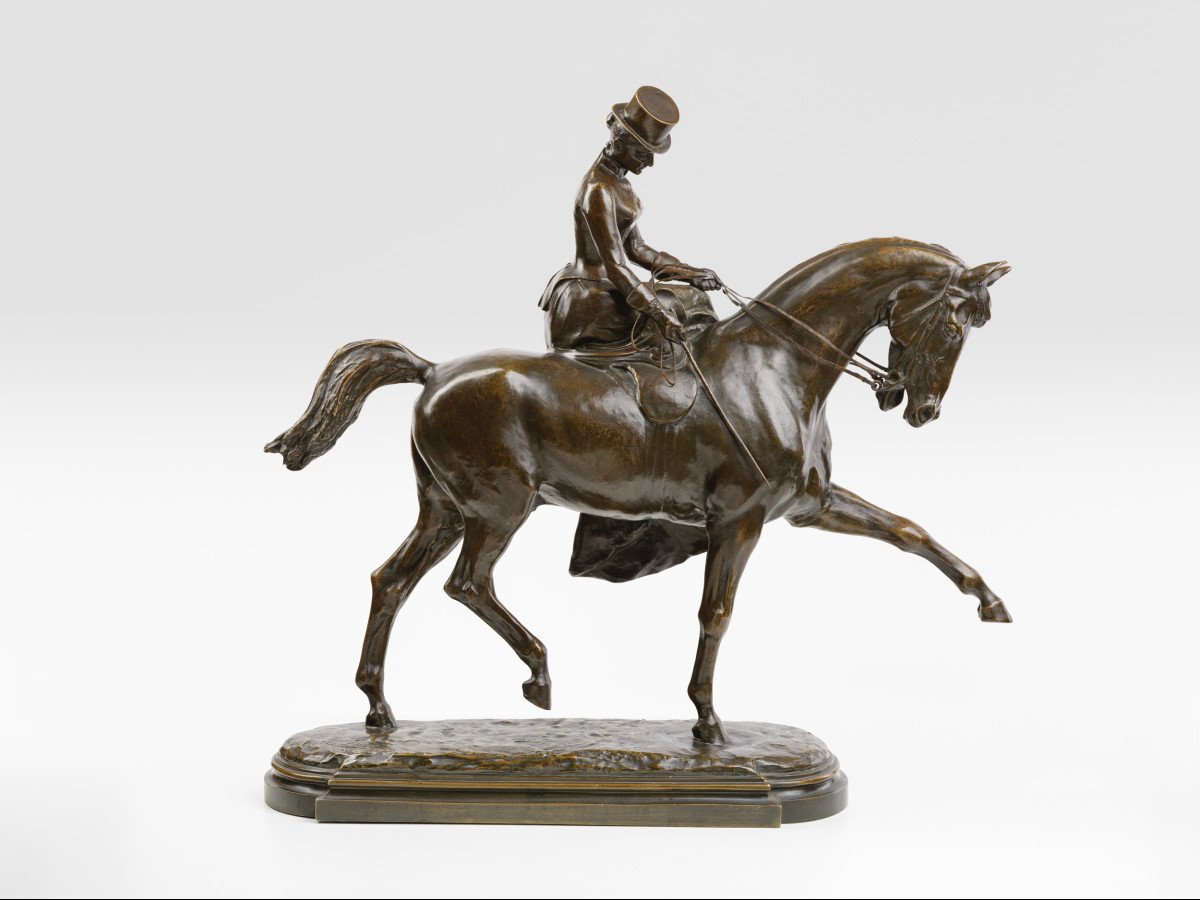
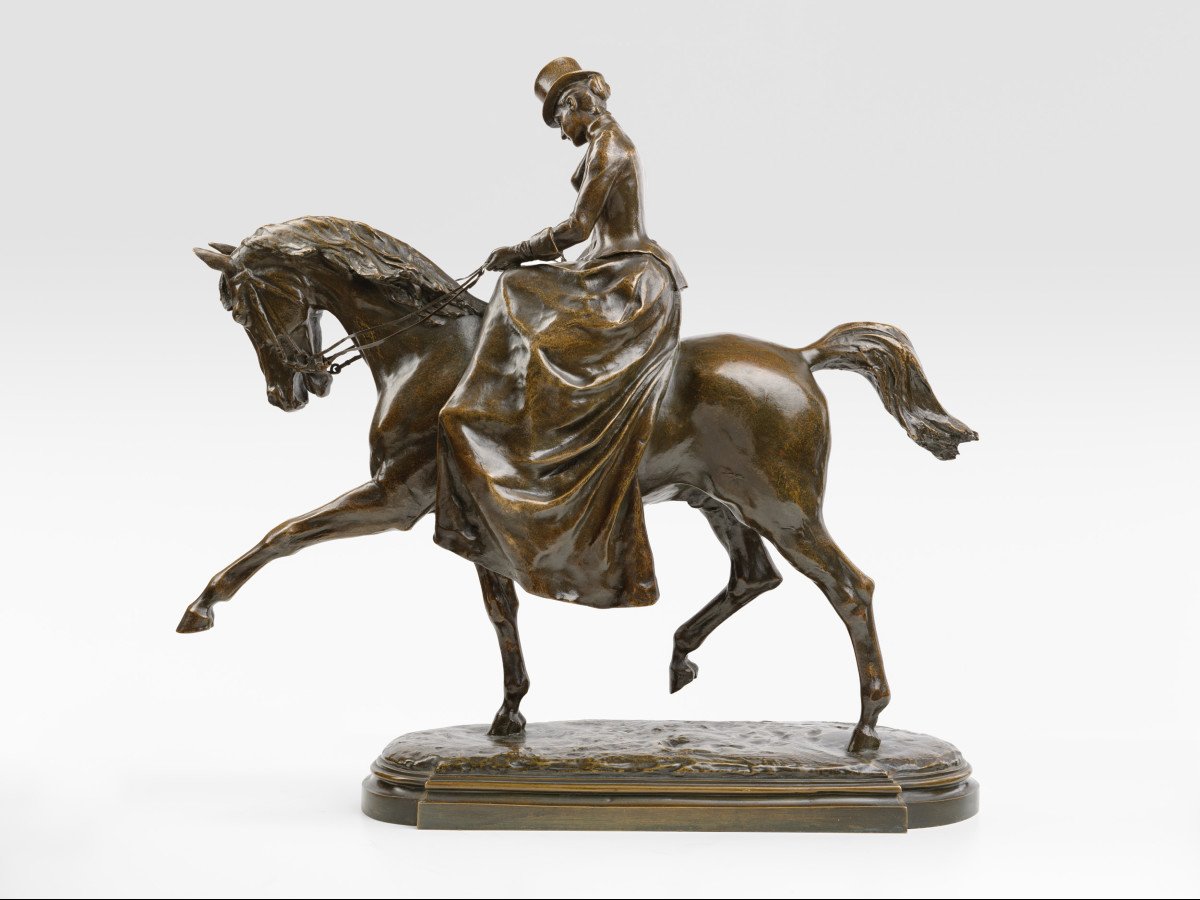
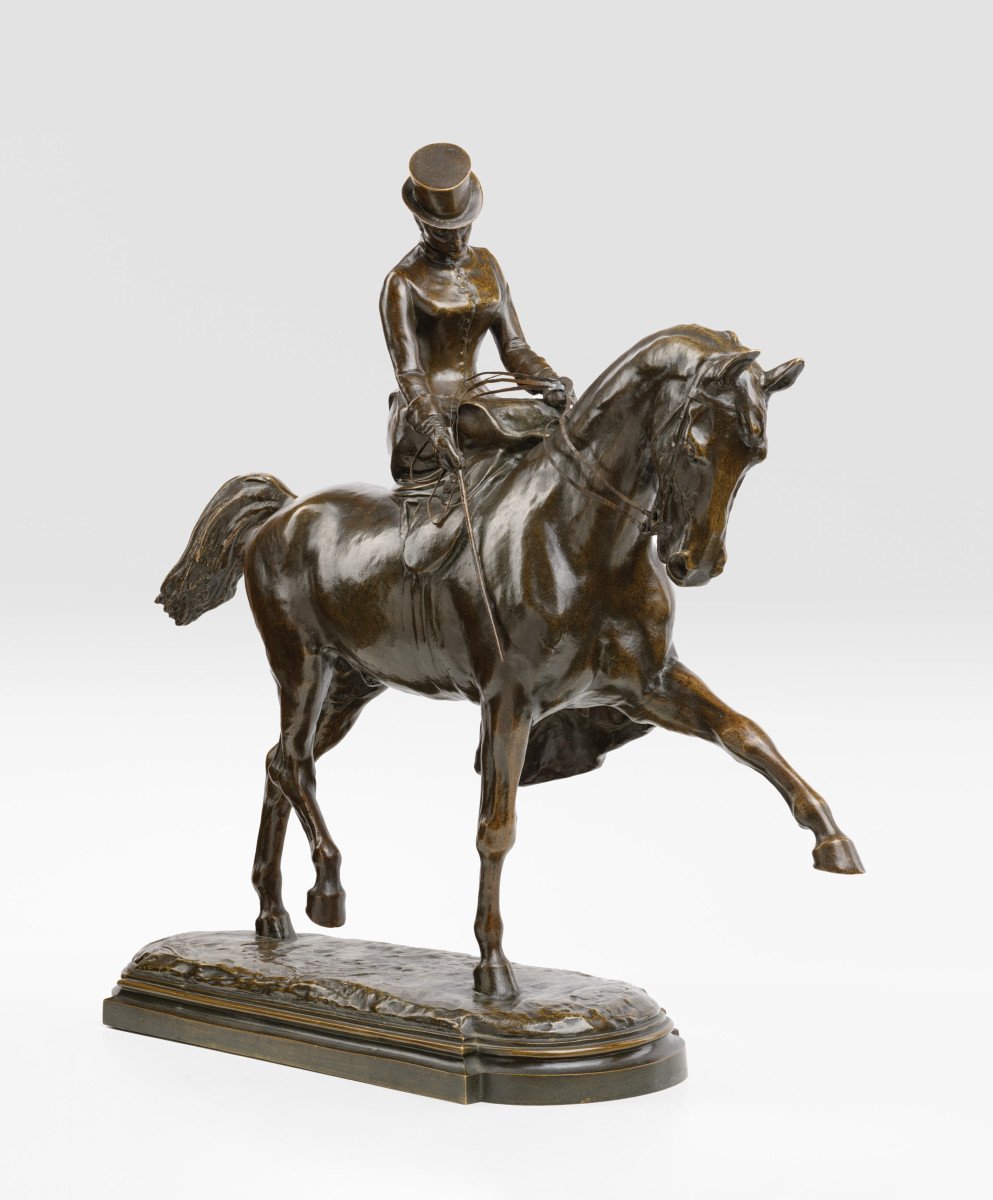
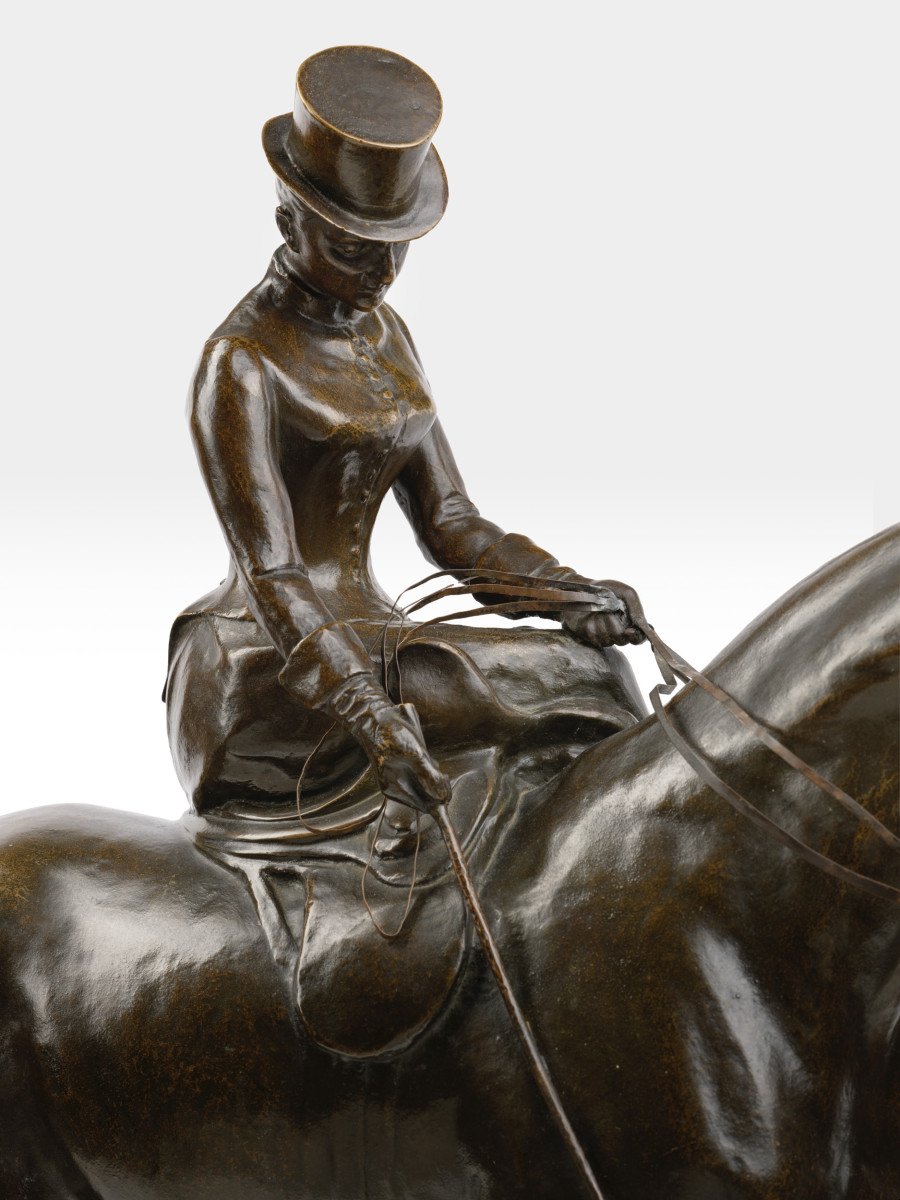
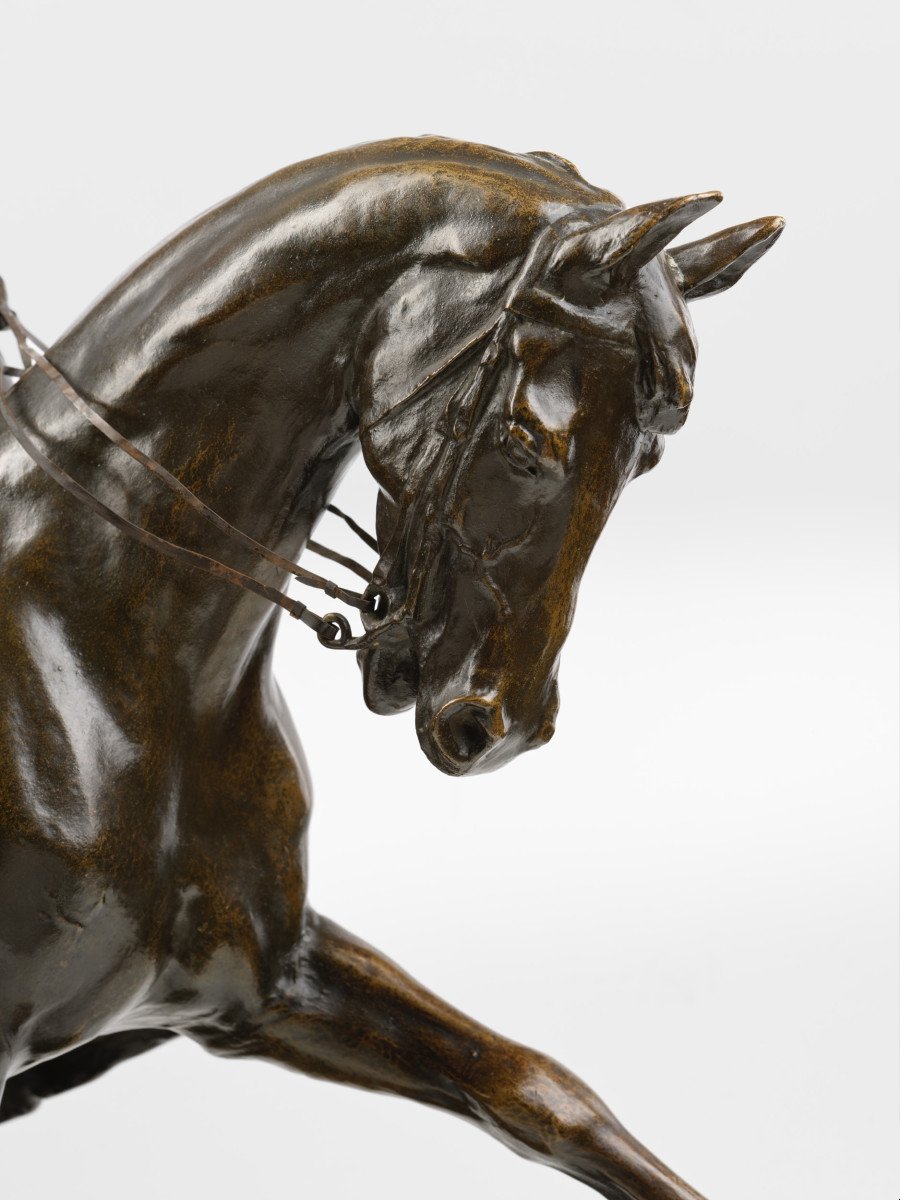






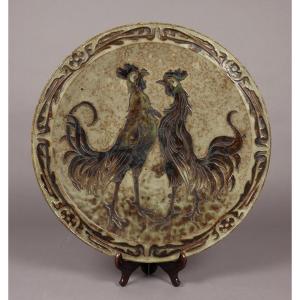



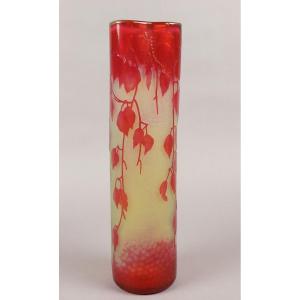




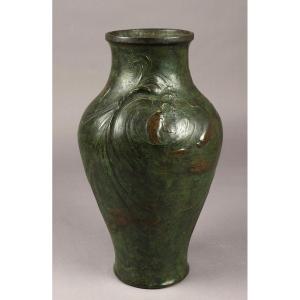


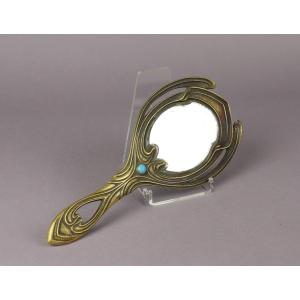

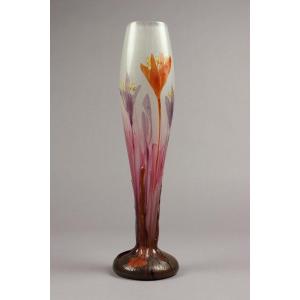

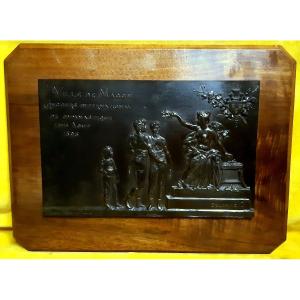
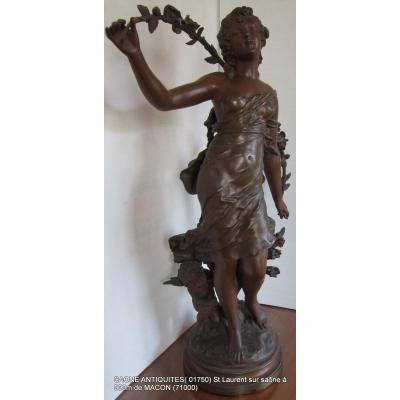
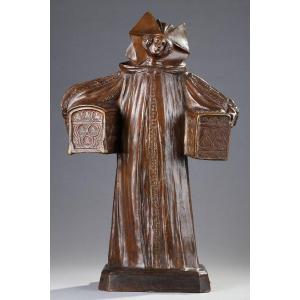
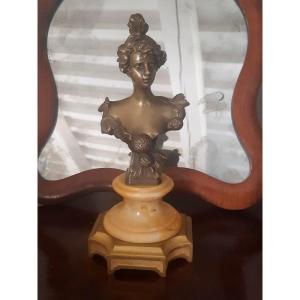



 Le Magazine de PROANTIC
Le Magazine de PROANTIC TRÉSORS Magazine
TRÉSORS Magazine Rivista Artiquariato
Rivista Artiquariato